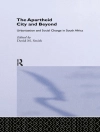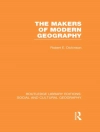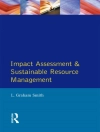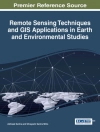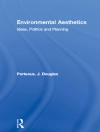David Stevens Space-based information, which includes earth observation data, is increasingly becoming an integral part of our lives. We have been relying for decades on data obtained from meteorological satellites for updates on the weather and to monitor weather-related natural disasters such as hurricanes. We now count on our personal satellite-based navigation systems to guide us to the nearest Starbucks Coffee and use web-based applications such as Google Earth and Microsoft Virtual Earth to study the area of places we will or would like to visit. At the same time, satellite-based technologies have experienced impressive growth in recent years with an increase in the number of available sensors, an increase in spatial, temporal and spectral resolutions, an increase in the availability of radar satellites such as Terrasar-X and ALOS, and the launching of specific constellations such as the Disaster Monitoring Constellation (DMC), COSMO- Sky Med (COnstellation of small Satellites for the Mediterranean basin Observation) and Rapid Eye. Even more recent are the initiatives being set-up to ensure that space-based information is being accessed and used by decision makers, such as Sentinel Asia for the Asia and Pacific region and SERVIR for the Latin America and Caribbean region.
Table des matières
Security, Crises and the Role of Earth Observation.- Definitions, Concepts and Geospatial Dimensions of Security.- European Security Policy and Earth Observation.- Satellite Based Information to Support European Crisis Response.- The Contribution of GMOSS in the Context of GMES and Security.- The Security Dimension of GMES.- A Novel Approach to Capacity Building for Security Applications.- Games and Scenarios in the Context of GMOSS.- GMOSS: Infrastructure and Standards.- Image Processing Tools for Security Applications.- Feature Recognition Techniques.- Change Detection Tools.- Data Integration and Visualization for Crisis Applications.- UNOSAT Grid.- Security Applications.- Treaty Monitoring.- Early Warnings and Alerts.- Can Earth Observation Help to Improve Information on Population?.- From Real Time Border Monitoring to a Permeability Model.- Rapid Mapping and Damage Assessment.



